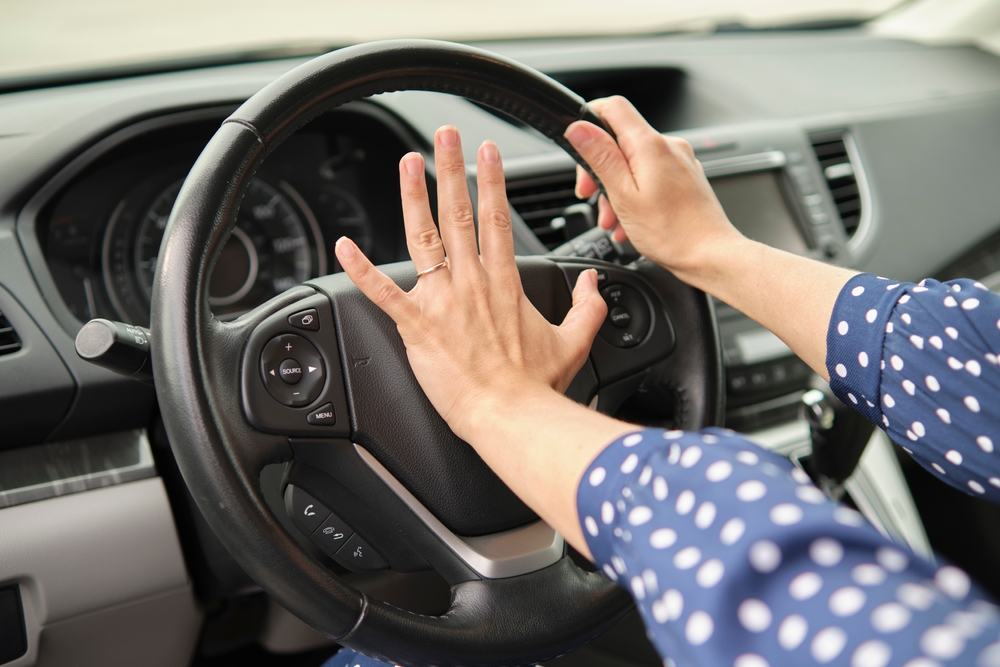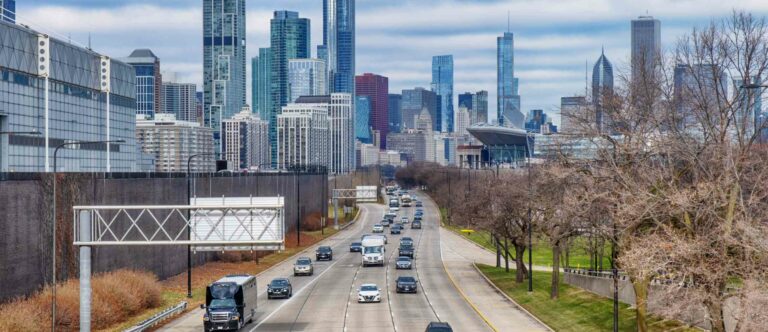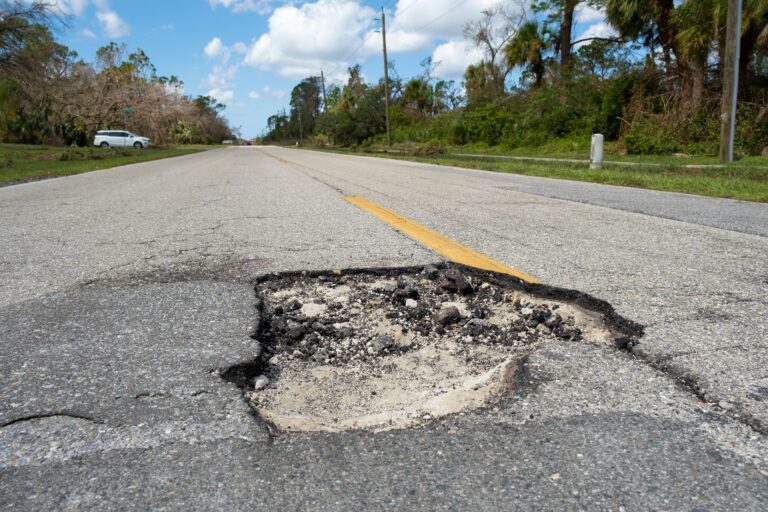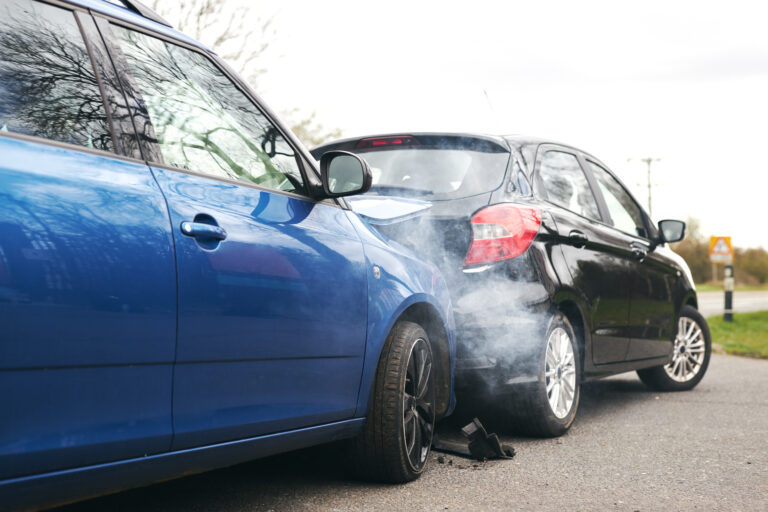Someone cuts you off. You slam the horn. They brake-check you. Your blood starts boiling. Sound familiar? Nearly 80% of drivers admit to significant anger or aggression behind the wheel in the last year. While feeling annoyed is one thing, letting that anger explode into dangerous actions crosses a line, and that line often defines road rage.
If aggressive driving or road rage injured you or someone you care about, figuring out car accident laywer what happens next is important. Call Walner Law at (312) 410-8496 to discuss your situation.
Drawing the Line: Aggressive Driving vs. Road Rage
You see it every day: people speeding, tailgating, weaving through traffic like they’re auditioning for an action movie. That’s aggressive driving. It’s obnoxious, it’s dangerous, and it breaks traffic laws. But is it road rage? Not always.
Think of it like this: Aggressive driving is primarily about traffic violations. It’s making bad choices on the road, like excessive speeding, improper lane changes, or following too closely. According to the American Automobile Association (AAA), these are unsafe behaviors done deliberately, maybe with ill intention, but often just out of impatience or carelessness. The Illinois Vehicle Code addresses parts of this under laws like reckless driving (625 ILCS 5/11-503), which covers driving with “willful or wanton disregard for the safety of persons or property.” It’s about violating the rules of the road, sometimes repeatedly and dangerously.
Road rage, however, takes a darker turn. It moves beyond traffic violations into the realm of criminal intent. The National Highway Traffic Safety Administration (NHTSA) defines it as an assault involving a vehicle or dangerous weapon, or actions sparked by a roadway incident. The core difference? Intent. A road rage driver isn’t just trying to get somewhere faster; they are often intentionally using their vehicle—or their fists, or a weapon—to intimidate, threaten, harm, or retaliate against another person.
While Illinois doesn’t have a single statute titled “Road Rage,” the actions constituting road rage fall under various criminal laws. Some older legislative attempts (like HB2509 from the 90th General Assembly or HB4328 from the 93rd) aimed to create a specific “road rage” offense, defining it as intentionally driving to endanger another’s safety or property. Even without that specific statute becoming prominent law, the behavior is addressed through existing criminal codes.
So, aggressive driving is about breaking traffic rules, sometimes recklessly. Road rage is when that aggression boils over into deliberate, targeted, and criminal behavior aimed at another person.
What Actions Constitute Road Rage? More Than Just Flipping the Bird
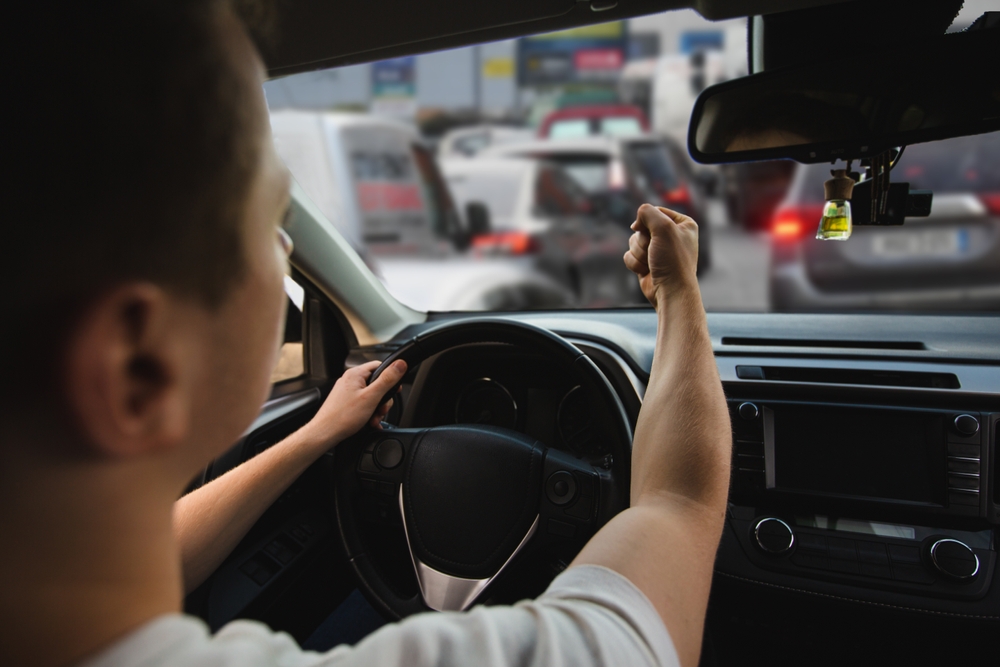
We’ve established that road rage goes beyond typical aggressive driving. So what specific actions push driving behavior into this more serious category? It’s about intent and the nature of the action.
Here are common examples that separate a merely bad driver from someone exhibiting road rage:
- Deliberate Physical Contact with Vehicles: Intentionally ramming, sideswiping, or brake-checking another vehicle to cause a collision or force them off the road.
- Exiting the Vehicle to Confront: Getting out of the car at a stoplight or on the shoulder to yell at, threaten, or physically attack another driver or passenger. This shifts from a driving incident to direct assault or battery.
- Using Weapons: Brandishing or using a firearm, knife, bat, or any object as a weapon to threaten or injure someone during a traffic-related conflict.
- Throwing Objects: Hurling items from your vehicle at another car with the intent to damage it or injure the occupants.
- Intentional Blocking/Trapping: Using your vehicle to deliberately prevent another car from moving or escaping a situation.
- Aggressive Pursuit/Stalking: Following another driver menacingly for an extended period after a traffic disagreement, intending to intimidate or confront them later.
- Direct Threats: Making clear verbal threats of violence or displaying threatening gestures meant to instill fear.
While actions like excessive honking, tailgating, or rude gestures are hallmarks of aggressive driving, they can become elements of road rage when done with clear malicious intent to harass or endanger, especially as part of a larger pattern of threatening behavior. The key factors are the deliberate nature of the act and the intent behind it – specifically, the intent to cause fear, damage, or harm, moving beyond simple frustration or poor driving habits. Illinois State Police note that reasons for escalating violence can be disturbingly trivial, like not being allowed to pass.
The Legal Aftermath: Consequences of Road Rage in Illinois
Criminal Penalties:
Depending on the specific actions, a driver could face charges like:
- Reckless Driving (625 ILCS 5/11-503): Driving with “willful or wanton disregard” for safety. This is often a starting point and is typically a Class A misdemeanor, punishable by up to a year in jail and a $2,500 fine.
- Aggravated Reckless Driving: If reckless driving causes great bodily harm, permanent disability, or disfigurement, it can become a Class 4 felony (potentially Class 3 if harming a child or on-duty crossing guard). Penalties can include up to three years in prison and fines up to $25,000. Proposed legislation like HB2509 suggested calling this “aggravated road rage” with similar felony classifications.
- Assault / Aggravated Assault (720 ILCS 5/12-1, 5/12-2): Placing someone in reasonable fear of receiving a battery (like threatening gestures, aggressive tailgating intended to cause fear). Aggravated assault involves factors like using a deadly weapon or occurring in a public place.
- Battery / Aggravated Battery (720 ILCS 5/12-3, 5/12-3.05): Causing bodily harm or making physical contact of an insulting or provoking nature. Aggravated battery involves causing great bodily harm, permanent disability/disfigurement, or using a deadly weapon. These are serious felonies.
- Criminal Damage to Property (720 ILCS 5/21-1): Knowingly damaging another person’s vehicle (like kicking a door, smashing a window, or intentionally causing a collision).
- Disorderly Conduct (720 ILCS 5/26-1): Knowingly acting in a way that alarms or disturbs another and provokes a breach of the peace.
A conviction for these offenses carries fines, potential jail or prison time, probation, and potentially mandatory anger management classes. Additionally, convictions related to reckless driving or felonies involving a vehicle typically lead to mandatory driver’s license revocation or suspension by the Illinois Secretary of State (as outlined in 625 ILCS 5/6-205).
Civil Liability:
Beyond criminal court, a road rage perpetrator faces civil lawsuits from their victims. If someone’s road rage actions caused an accident that injured you or damaged your property, you have the right to sue them for compensation. This personal injury claim seeks damages to cover:
- Medical Expenses: Hospital bills, doctor visits, physical therapy, medication.
- Lost Wages: Income lost due to being unable to work during recovery.
- Property Damage: Costs to repair or replace your vehicle.
- Pain and Suffering: Compensation for physical pain and emotional distress caused by the incident and injuries.
- Punitive Damages: In some cases where the conduct was particularly malicious or egregious, Illinois law allows for punitive damages. These are intended not just to compensate the victim but to punish the wrongdoer and deter similar future behavior.
Proving negligence (breach of the duty to drive safely) is fundamental in these cases. Road rage behavior often clearly demonstrates a reckless disregard for the safety of others, strengthening a civil claim.
Protecting Yourself: Encountering and Documenting Road Rage
Knowing the definitions and legal ramifications is one thing. Facing an enraged driver bearing down on you is entirely different. Your immediate priority has to be safety.
Avoidance is Key:
- Don’t Engage: Resist the urge to retaliate. Avoid eye contact, don’t return gestures, don’t get drawn into a shouting match. Making gestures can escalate the situation.
- Create Space: If someone is tailgating aggressively or driving erratically near you, slow down slightly (if safe) to encourage them to pass, change lanes when you can, or take the nearest exit to remove yourself from their path.
- Secure Yourself: Lock your doors and keep your windows rolled up.
- Don’t Lead Them Home: If you suspect you’re being followed, do not drive home. Head to a police station, fire station, or a well-lit, busy public area like a shopping center parking lot.
- Call for Help (Safely): When it’s safe (use hands-free or pull over), call 911 or the Illinois State Police (*999 on expressways) to report the dangerous driver. Provide the location, direction of travel, vehicle description (make, model, color, license plate number if possible), and a description of the behavior.
Gathering Evidence (After the Immediate Danger):
If a road rage incident leads to threats, property damage, or an accident, documentation becomes extremely important for any legal action (criminal reporting or civil claim).
- Dashcam Footage: A dashcam is your impartial witness. It provides objective evidence of the other driver’s actions and the sequence of events. More Illinois drivers are using them for this exact reason.
- Your Written Account: As soon as possible after the incident, write down everything you remember:
- Date, time, and specific location.
- Detailed description of the other vehicle and driver (if you saw them).
- License plate number.
- Sequence of events – what led up to the incident, what specific actions occurred.
- Any verbal threats or specific gestures made.
- Any other vehicles nearby that might have witnessed it.
- Witness Information: If other drivers stopped or if pedestrians witnessed the event, safely try to get their names and contact information. Independent witnesses greatly strengthen a case.
- Police Report: Always file a police report if you were threatened, your property was damaged, or an accident occurred. Even if the police don’t issue citations on the spot, the report creates an official record of the incident, which is invaluable for insurance claims and legal proceedings.
Remember, dealing with road rage is about de-escalation and documentation. Protect yourself first, then gather the proof needed to hold the aggressive driver accountable.
After the Dust Settles: Steps Following a Road Rage Incident
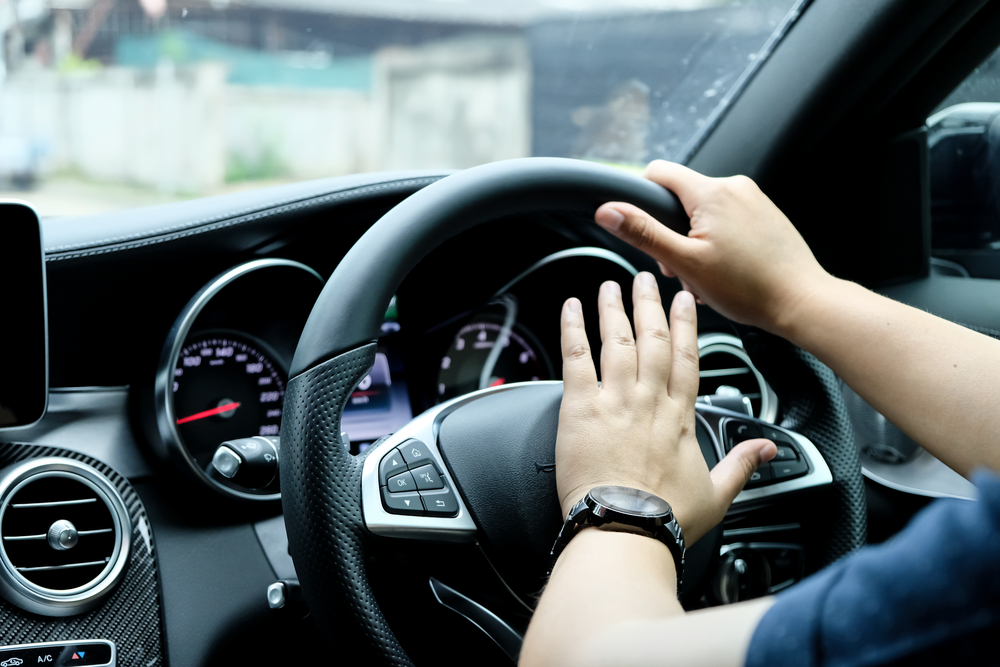
You’ve navigated the immediate threat, you’re safely away from the aggressive driver, maybe the police have been involved. The adrenaline is fading, but the consequences might just be starting. If the road rage incident resulted in an accident, injury, or significant property damage, here’s what to consider once you are home and safe.
Prioritize Medical Care:
Even if you feel fine immediately after, get checked out by a doctor. Some injuries, like whiplash or internal issues, don’t show symptoms right away. Prompt medical evaluation not only ensures your well-being but also creates a medical record linking any injuries to the incident. Keep records of all visits, treatments, and costs.
Notify Your Insurance Company:
Report the accident to your insurance provider promptly. Explain clearly that the incident involved aggressive driving or road rage actions by the other driver. Provide them with the police report number (if available) and any evidence you gathered, like photos or witness information. Be honest and stick to the facts.
Consult with a Personal Injury Attorney:
Dealing with the aftermath of a road rage accident, especially involving injuries, gets complicated fast. An attorney experienced in car accidents can provide guidance. Bring all your documentation: the police report, photos, witness details, medical records, and your written account of the event. They can help you understand your rights, assess the strength of a potential civil claim against the aggressive driver, and deal with insurance companies. In Illinois, you generally have two years from the date of the injury to file a personal injury lawsuit. An attorney helps ensure you meet deadlines and build the strongest possible case to recover compensation for your losses, which may include medical bills, lost income, property damage, and pain and suffering.
Taking these steps helps protect your rights and facilitates the process of recovering from the physical, emotional, and financial impact of a road rage incident.
Reclaim Your Peace of Mind: Get Justice After Road Rage
If a road rage incident left you injured or facing significant vehicle damage, you have options. Holding the aggressive driver accountable requires action. Let Walner Law help you navigate the legal process personal injury attorney and pursue the compensation you deserve.
Call us today at (312) 410-8496 for a consultation.


 Skip to content
Skip to content

